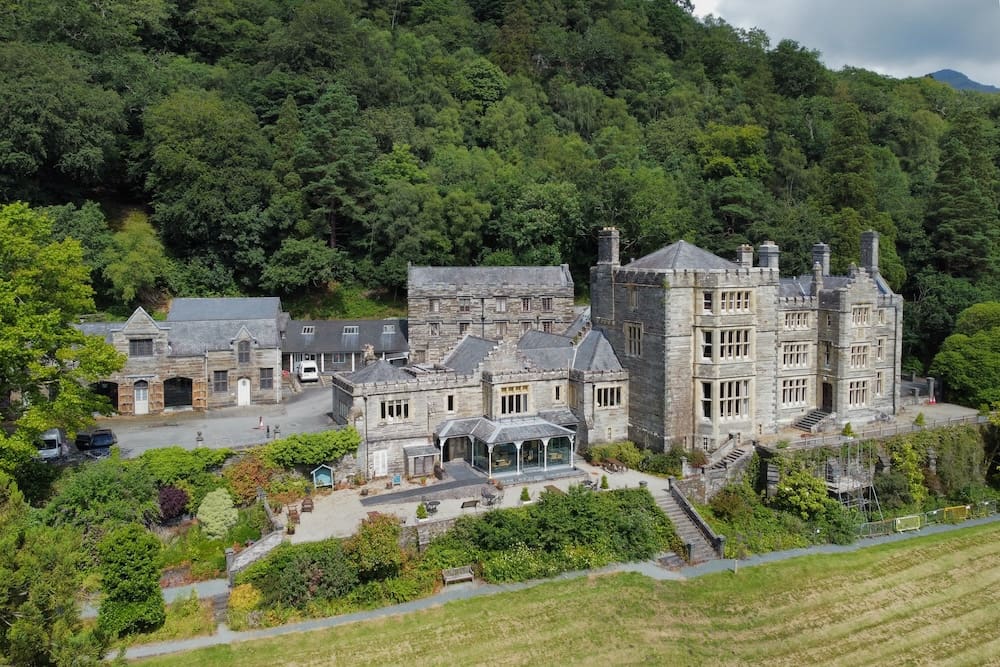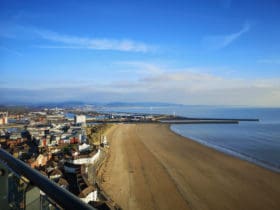A distinctive property widely considered to be one of the grandest buildings in North Wales is to be sold with a guide price of £1.20m.
Plas Tan y Bwlch, a Grade II listed former manor house located within the Eryri National Park, was a private house for the Oakeley family in the 18th century before it became the Snowdonia National Park Environmental Studies Centre.
Now the Eryri National Park Authority (NPA) has decided the time is right to pass the property onto new owners to oversee the next phase of the property’s journey.
“Plas Tan y Bwlch is a substantial former manor house that catches the eye of all those who pass through the Vale of Maentwrog,” says Hugh O’Donnell, Carter Jonas Partner.
“One of the most recognisable period properties in North Wales, the Estate is surrounded by attractive gardens and mixed woodland which is of international importance with high amenity and biodiversity value.
“The estate includes the principal former manor house, a cluster of other buildings including the former stable block and servant’s wing that form part of the centre, and a detached chalet.”
In total, the estate extends to around 103 acres and the sale includes a 43kw hydroelectric scheme, as well as income from the lease of land to a telecom operator.
The manor house extends to approximately 32,000sq ft of internal accommodation, which includes 30 bedrooms.
“Plas Tan y Bwlch is thought to be the first house in North Wales with electric lighting powered from its own hydro-electric station, which was commissioned in the 1890s and was fed by water from Llyn Mair and operated until 1928,” Mr O’Donnell said.
“Today Plas Tan Y Bwlch currently benefits from a 34kw hydro-electric scheme which was commissioned and certified in 2015.”
The wider estate features around 59 acres of ancient semi-natural woodland.
“The woodland forms part of a Site of Special Scientific and a Special Area of Conservation due to its Atlantic bryophytes, which thrive in the humid conditions of this temperate rainforest,” explains Mr O’Donnell.









Leave a Reply
View Comments